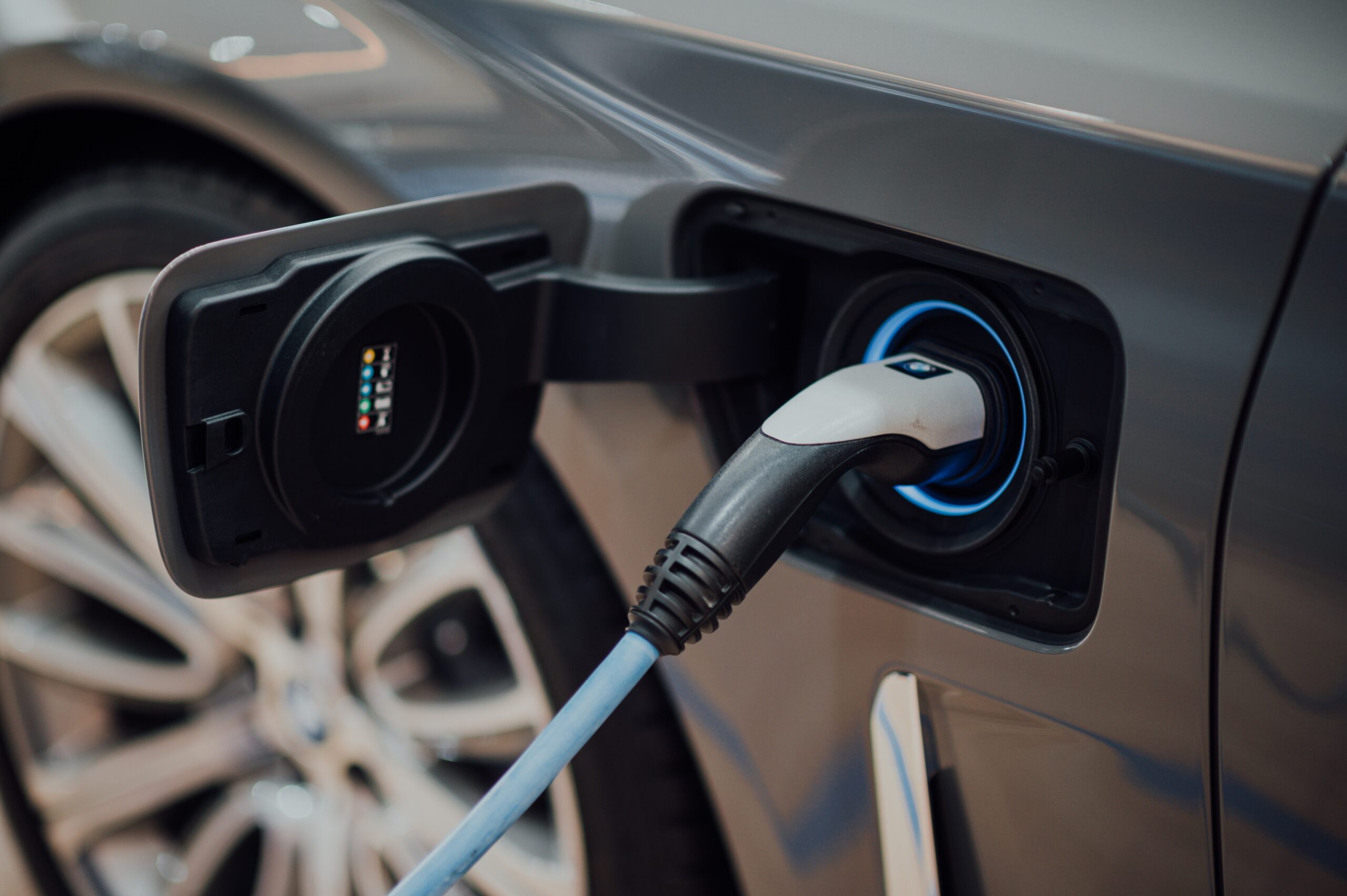The promotion of electric vehicles (EVs) by the government as a means of curbing pollution has been gaining momentum. However, recent reports have raised concerns about the carbon emissions generated by battery electric vehicles (BEVs), which appear to surpass those produced by hybrid and internal combustion engine (ICE) vehicles. This puzzling revelation warrants a closer look.
The Ministry of Industry (Kemenperin) has provided insights into this issue, highlighting that the relatively higher emissions from BEVs can be attributed to the source of their energy, which, for the most part, still relies on fossil fuels. When delving into the production of electric cars, it becomes evident that a greater quantity of carbon is required, primarily due to the use of battery technology.
In the current landscape, the sources of electricity are often intertwined with fossil fuels, commonly originating from Coal-Fired Power Plants (PLTU). Furthermore, the electricity that fuels electric vehicles predominantly comes from power plants. This heavy dependence on fossil fuels accounts for the elevated carbon emissions linked to BEVs in comparison to their hybrid and ICE counterparts.
Minister of Industry Agus Gumiwang succinctly encapsulated this issue by stating, “At the end of the day, the data indicates that the carbon emissions per unit produced by EVs are higher than hybrids and ICE because their energy source still relies on fossil fuels.” This statement underscores the fundamental challenge of addressing the carbon footprint of electric vehicles.
On the flip side, the government has set forth clear, quantifiable targets for battery-based electric vehicles. Regulation of the Ministry of Industry No. 6/2022 outlines these ambitious objectives. According to this regulation, the production target for Four-Wheeled Battery-Based Electric Vehicles is slated to reach 400,000 units by 2025, with subsequent milestones of 600,000 units by 2030 and an impressive 1 million units by 2035.
To further incentivize the adoption of electric vehicles, the government has introduced Regulation of the Minister of Finance No. 38/2023. This regulation offers a substantial reduction in value-added tax (VAT), with potential discounts of up to 10 percent. As a result, the VAT imposed on electric vehicles is significantly reduced to a mere 1 percent, as opposed to the standard 11 percent.
This VAT reduction is especially beneficial for consumers and manufacturers alike, encouraging the growth of the electric vehicle market. Two prominent manufacturers, PT Hyundai Motor Manufacturing Indonesia with their Ioniq 5 product and PT SGMW Motor Indonesia with the Wuling Air EV, have already embraced these incentives.
Moreover, the government has plans to adjust the minimum Domestic Component Level (TKDN) requirement, which was initially slated for achievement by 2024 but has been extended to 2026. This alteration is a noteworthy development as it offers manufacturers more flexibility in meeting these requirements. Originally mandated by Presidential Regulation No. 55/2019, this regulation set a 40 percent TKDN minimum by 2024 and outlined a subsequent target of 80 percent TKDN by 2030. The decision to extend the timeline for achieving the TKDN requirements demonstrates the government’s commitment to supporting the growth of the electric vehicle industry and reducing carbon emissions in the long term.
In conclusion, the carbon emissions associated with battery electric vehicles, although higher than some alternatives, are emblematic of the complex relationship between EVs and their energy sources. The government’s concerted efforts to promote electric vehicles through tax incentives and relaxed manufacturing requirements reveal its commitment to achieving a more sustainable and environmentally friendly transportation landscape.
However, these challenges underscore the importance of transitioning to cleaner sources of energy to maximize the environmental benefits of electric vehicles.























